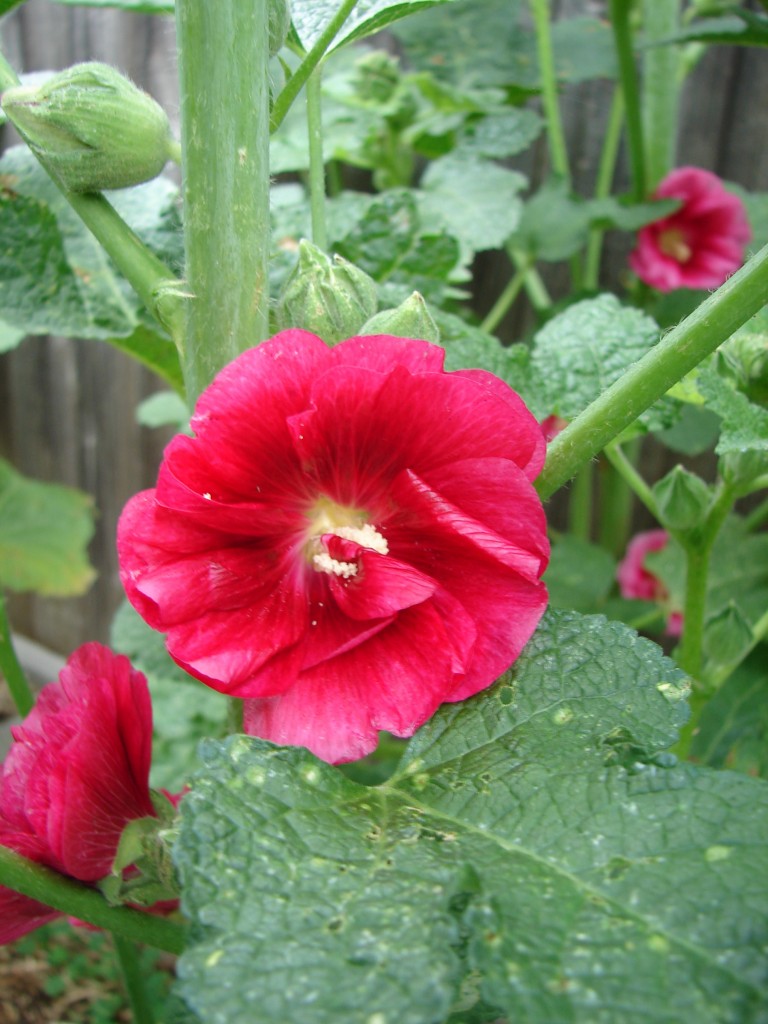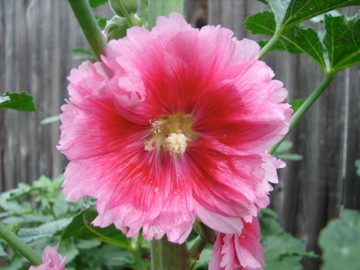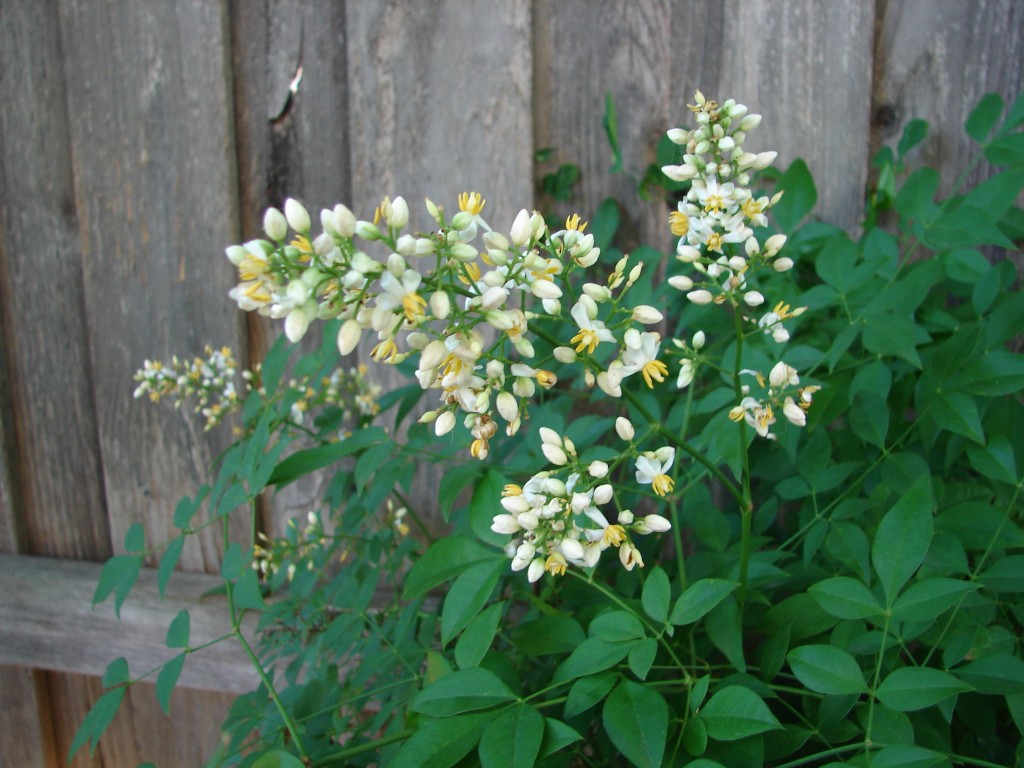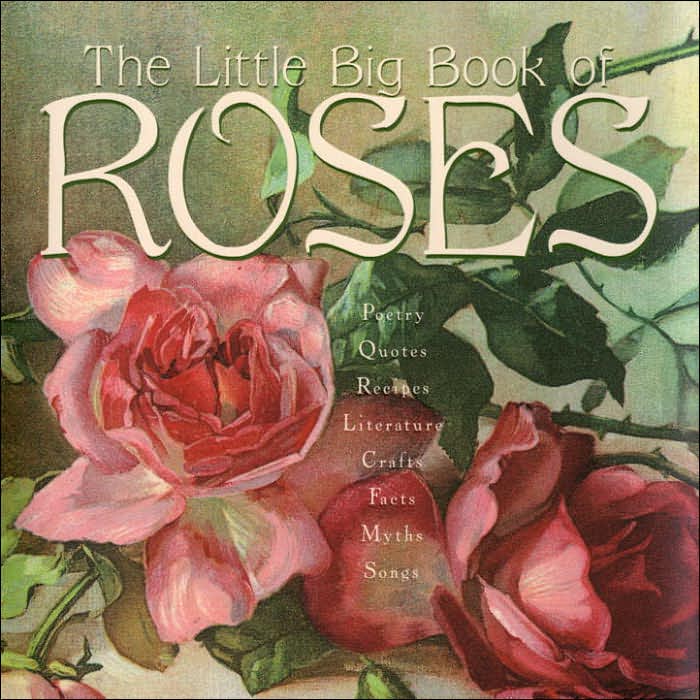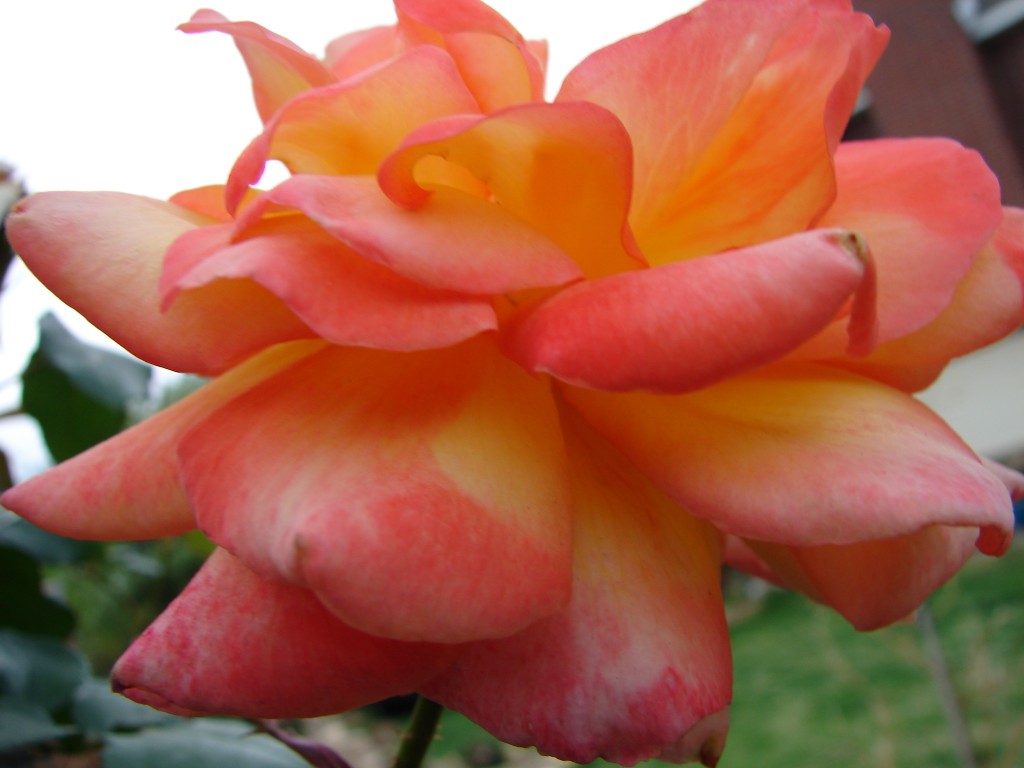What up?
A Fierke Garden
My version of Organic Gardening in Texas
adobe download problem
Adobe Illustrator CS5 buy cheap free download adobe reader 8 free download adobe pdf reader buy cheap free download of adobe photoshop cs2 adobe flash downloadwindows 98se adobe reader download
buy cheap Photoshop Lightroom 3 for Mac adobe illustrator 8 download bargain adobe acrobat download cheap adobe acrobat 8 reader download adobe acrobat pdf writer downloaddownload adobe shockwave player
buy cheap Adobe Dreamweaver CS5 MAC download adobe photoshop elements 5 for free adobe photo editor download buy cheap download adobe photo shop album starter adobe flash free download macdownload adobe imageready
Photoshop CS5 for Mac cheapest adobe indesign 2 for windows download free adobe photoshop 7 brushes download cheapest free to download adobe illustratorcs2 adobe acrobat professional downloadadobe pagemaker 7 download
Creative Suite 5 Production Premium cheap adobe page maker full download acrobat adobe reader download cheap free download adobe pdf reader free adobe professional downloadadobe photoshop cs2 trial download
Adobe Illustrator for Mac cheapest free download of adobe acrobat reader adobe illustrator cs2 trial download cheapest adobe acrobat pdr free trial download adobe flash video exporter downloadinstructions on how to download documents on to adobe reader
discount Adobe Premiere Pro CS5 bargain adobe acrobat download free download adobe photoshop album starter buy cheap download adobe photoshopadobe photoshop cs2 keygen download
cheapest Adobe Creative Suite 4 for Mac adobe flash mx download free adobe acrabat reader 5 0 download cheap adobe reader update downloadunable to download adobe flash player
buy cheap Adobe Contribute CS5 for Mac adobe photo editor download adobe illustrator cs2 trialware download discount free adobe fireworks download full version download adobe pdf writer 4pdf adobe download
Adobe Flash CS5 for Mac cheap trial download of adobe illustrator cs3 free adobe 7 download cheapest free adobe photoshop 7 brushes downloadadobe photoshop 8 free download
Adobe Acrobat X Pro MAC discount adobe type collection free download adobe distiller free download discount adobe photo free download adobe illustrater downloadadobe flash download mirror free
AutoCAD Architecture 2010 cheapest free download adobe premier adobe photoshop frree download discount free trial download adobe photoshop mac adobe gamma downloadadobe pagemaker with serial download
discount AutoCAD LT download stand alone adobe flash adobe illustrator download free discount download adobe after effectsbargain adobe acrobat download
Adobe Indesign CS5.5 cheap where can i download adobe reader free download adobe cs3 buy cheap download adobe photoshop tubes adobe gamma downloadfree software download adobe reader
cheap Creative Suite 5.5 Production Premium free adobe photoshop 7 patterns download free adobe photoshop 60 download buy cheap how do you download adobe flash player for the sidekick lxadobe photoshop download discount software
buy cheap AutoCAD LT adobe golive cs2 download adobe photoshop 60 download cheap where does adobe save download video files download full adobe pagemaker 7adobe reader 812 download
buy cheap adobe creative suite 4 adobe acrobat download crack adobe acrobat capture download cheap adobe photoshop 7 free download download adobe illustrator symbolsdownload adobe flashplayer 9
adobe cs5 discount download adobe photoshop elements 3 adobe download interruption cheap adobe flashplayer download softpediafree download on how can i capture video from adobe flash player
buy cheap Adobe cs5 Design Premium free adobe image ready download download adobe acrobat reader free cheapest adobe photoshop elements free download download adobe acrobat 8download adobe illustrator windows xp
cheap Adobe Dreamweaver CS5 adobe type manager light download download adobe photoshop 8 cs cheap adobe 5 free download download adobe active xunable to download adobe acrobat reader
cheapest Adobe Flash Catalyst CS5 adobe premiere free download download adobe ebook reader cheap adobe raider 8 downloadadobe acrobat megaupload direct download
cheap Adobe Illustrator CS5 free download for adobe photoshop macosx download adobe scanner buy cheap free download trial version of adobe photoshopadobe illustrator cs2 download
Adobe Indesign CS5 buy cheap download adobe illustrator 8 adobe after effects full download discount adobe live motion download download adobe indesign cs3download adobe photoshop elements 4
Adobe Photoshop Lightroom 3 cheap free acrobat adobe download free download of adobe acrobate software cheapest download adobe reader 7 download adobe photo deluxeCategory Archives: Uncategorized
Lady Hollyhock
Robert Louis Stevenson (England, nineteenth century)
The Flowers
All the names I know from nurse:
Gardener’s garters, Shepherd’s purse,
Bachelor’s buttons, Lady’s smock,
And the Lady Hollyhock.
Fairy places, fairy things,
Fairy woods where the wild bee wings,
Tiny trees for tiny dames–
These must all be fairy names!
-- Weather When Posted --
- Temperature: 78°F;
- Humidity: 45%;
- Heat Index: 79°F;
- Wind Chill: 78°F;
- Pressure: 29.83 in.;
What’s the big deal about invasive plants?
I have been given a lot of plants over the years that I have decided to remove from my garden either because they simply started crowding things out (whether it was native or not) or because I found out that it was on an invasive species list for Texas.
A lot of people confuse aggessive with invasive. Some plants that are aggressive are actually natives. According to Texas Invasives.org, “[a]n invasive species is a species that is non-native or alien to the ecosystem under consideration and whose introduction does or is likely to cause economic or environmental harm or harm to human health.” Invasive species are introduced, either accidentally or intetionally, into a system in which they often have no predators, competitors or disease vectors to hold down thier populations. They can easily and quickly overwhelm local native populations and drive many of them to extinction.
A friend asked me “Well, isn’t that the way it’s supposed to work? Survival of the fittest?” And the answer is yes and no. Plants and animals have been moving from place to place forever, however, with our technological advances and modern mobility people are facilitating those introductions at much higher rates than have ever been seen before. In the words of the biologist E.O.Wilson, “On a global basis… the two greatest threats of biodiversity are, first, habitat destruction and, second, invasion by exotic species.”
Invasive species also have an economic impact. Again, according to Texas Invasives.org, “invasive species cost the U.S. approximately $135 billion annually.” Invasive species can “interfere with ecosystem function by changing important processes like fire, nutrient flow, and flooding.”
Most invasive species are introduced accidentally, piggy-backing on another plant, being carried in on shoes, boats, cars, bicycles, motorcycles, socks, hiking boots or pets. Some, however, are intentionally introduced as a feed source, landscape ornamental, erosion control, or some other such measure but then they quickly get out of hand.
Here are some great measures for gardeners to remember when planting to avoid invasive plants(some on the prohibited – meaning illegal – list, such as ‘water lettuce’) from Be Plant Wise.org.
Plant non-aggressive plants. Garden with ease, forget the spreading ivy’s.
Look at your seed and mulch mixes. Make sure they’re weed free for garden safety.
Avoid spreading invasive plants into natural areas. Protect your park, pull a bad plant.
Native plants can’t be beat. They stay in place with gardening grace.
Treat those invasive plants by handpulling, spraying, spading and shading.
Wait to dispose of invasive plants until they are in repose. Compost or carry but just don’t tarry.
If you have a garden pond or pool, don’t let the plants rule.
Seedling volunteers need management and sometimes banishment.
Every plant needs a place, put your favorite invasive’s in pots or a secure space.
I’m currently training to be a “Citizen Scientist” with Texas Invasives.org. In the process I have found another plant in my landscape that I need to remove. The nandina, which seems innocent enough in my landscape, has got to go. It is not aggressive in my yard, but it does produce a lot little berries that the birds would be more than happy to take and drop in the surrounding forest to invade and push out our native species.
-- Weather When Posted --
- Temperature: 70°F;
- Humidity: 39%;
- Heat Index: 77°F;
- Wind Chill: 70°F;
- Pressure: 30.19 in.;
Candied Rose Petals
The kids gave me a book for Mother’s Day called “The Little Big Book of Roses”. It is a collection of recipes, tips, literary excerpts, facts, lore… a little bit of everything. I love it!
One of the recipes in it is for candied rose petals. Here it is…
Candied Rose Petals
Candied rose petals should be stored in an airtight container in a cool dry place with each layer separated by both wax paper and a paper towel. Moisture is your enemy!
2 Egg whites, beaten
1 Cup granulated sugar
24 Organic rose petals
- Begin by inspecting your rose petals carefully. They should be clean and unblemished.
- Beat egg whites in a shallow bowl until they are frothy.
- Place sugar in a separate shallow bowl.
- Using a clean pastry brush or soft tweezers, gently coat a single rose petal, first in egg white, then in sugar, on both sides.
- Lay each finished rose petal on wax paper and allow to dry.
I can’t wait to try this one! I wish I had had this when I made Samantha’s “Rose Geranium Italian Cream Cake”. I bet they would be great with brandied fruit, sorbet or ice cream also!
-- Weather When Posted --
- Temperature: 85°F;
- Humidity: 54%;
- Heat Index: 86°F;
- Wind Chill: 85°F;
- Pressure: 29.96 in.;
About Me
Hi. I’m Regina Fierke. Welcome to our garden. I have a bachelor’s degree in Environmental Microbiology, but for now I’m just a mom and a gardener. I garden with my husband, our six-year-old daughter, her two older brothers (when they are forced to) two dogs, two cats, a bearded dragon and a small flock of chickens. I guess you could call us suburban homesteaders.
Recently, I have been asked by a lot of friends (and even some casual acquaintances) how I have made my garden, so I thought I would start this blog.
First off, I have to admit that I’m a lazy gardener. If there is a way to do something with less work (especially if it turns out to be environmentally beneficial) then that’s what I do. I’m also cheap. I prefer propagating and getting “pass-along plants” to spending a lot of money. I’ll share some of my cheapest and laziest tips and tricks as I go. And, of course, as an environmentalist, I try to go as organically as possible.
My second admission is that I don’t plan a whole lot and I don’t naturally have a green thumb. I don’t plant things that require meticulous and unending care. I’m constantly putting things in, moving them around or yanking them out. I have veggies and flowers (with a fair amount of weeds) all growing together. The garden is never “finished” but it is always a wonderful inspiration.
My third admission is that, even with as much as I garden, I have yet to make myself get out in the August heat to plant a fall garden. Fall is the very best season for gardens here in Texas, but it does take the dedication to brave the August heat and carve time away from back to school preparations to get it planted. Everything perks up in the fall and you usually don’t have the bug problems then that you have in the spring. I swear – this year will be the year.
Our garden has been the source of so many wonderful things to eat and make. We have grown our own sponges, giant platter sized sunflowers, birdhouse gourds and so much more. We have had so many wonderful birthday parties here including a garden tour party that featured a floral alphabet hunt and a cake decorated with flowers from our garden. We have built “sunflower houses” and taken a safari through our own backyard. We have also been certified as “Monarch Waystation number 741” by the organization Monarch Watch (monarchwatch.org).
I hope you enjoy your visit.
Regina




